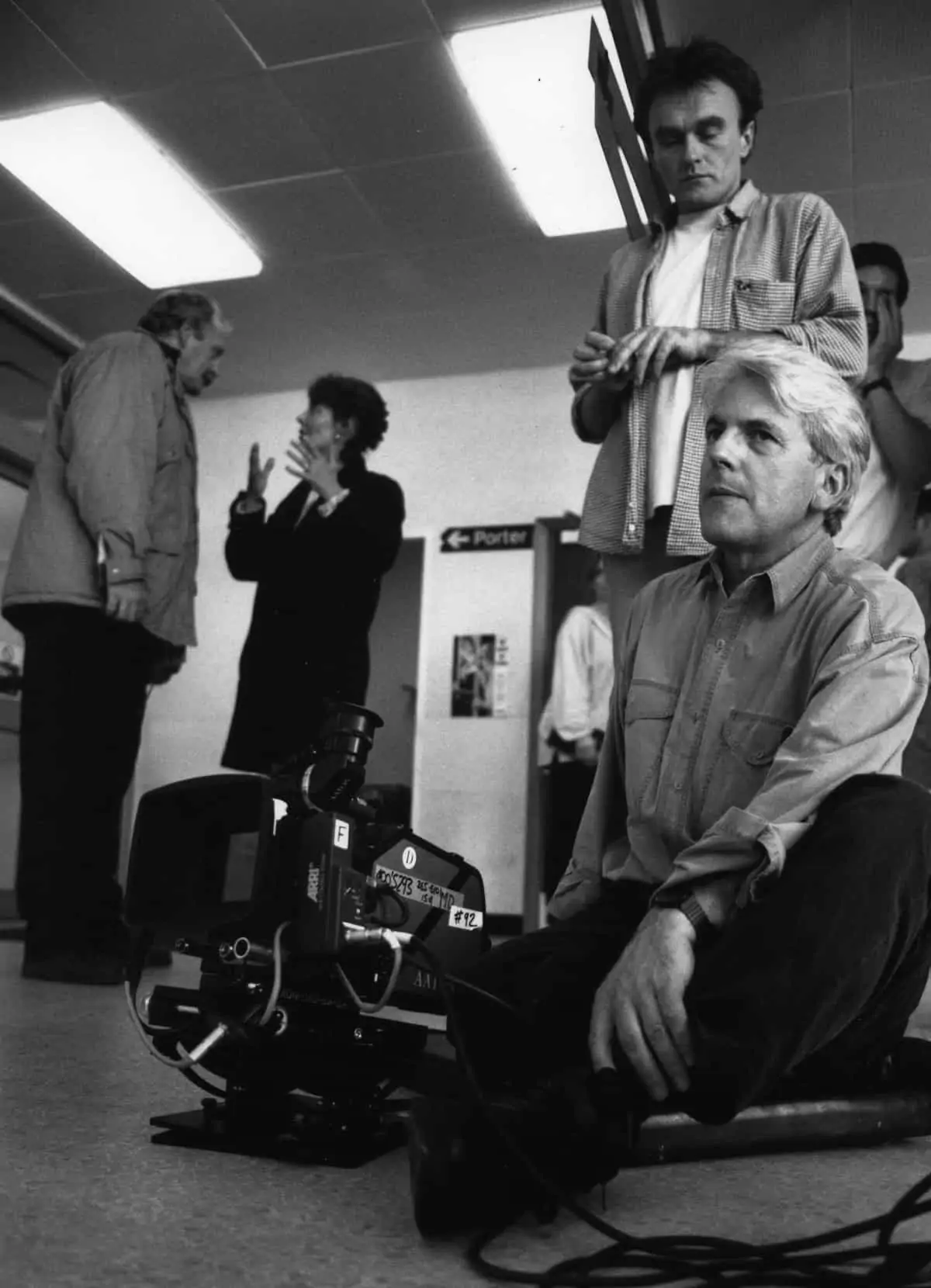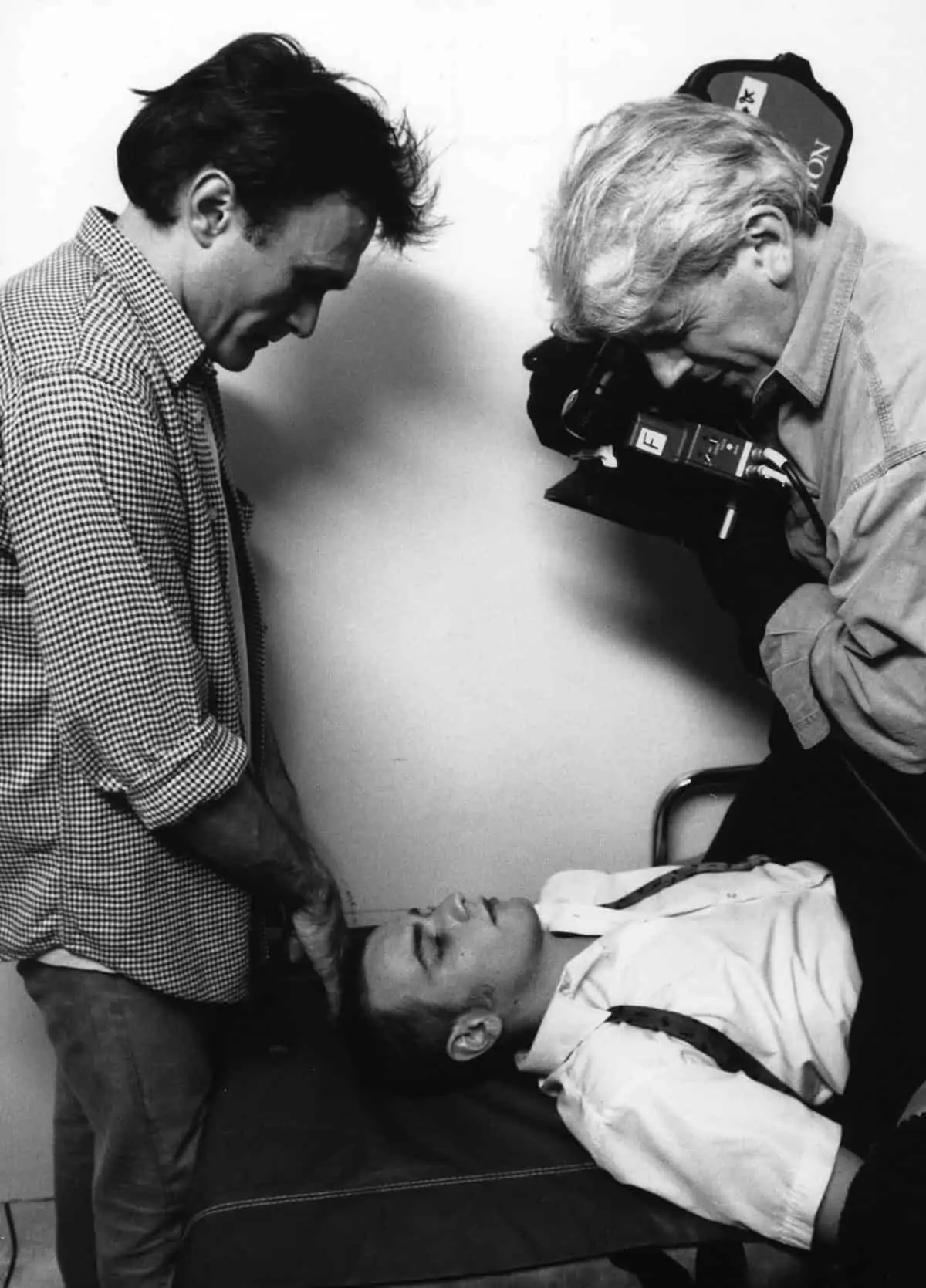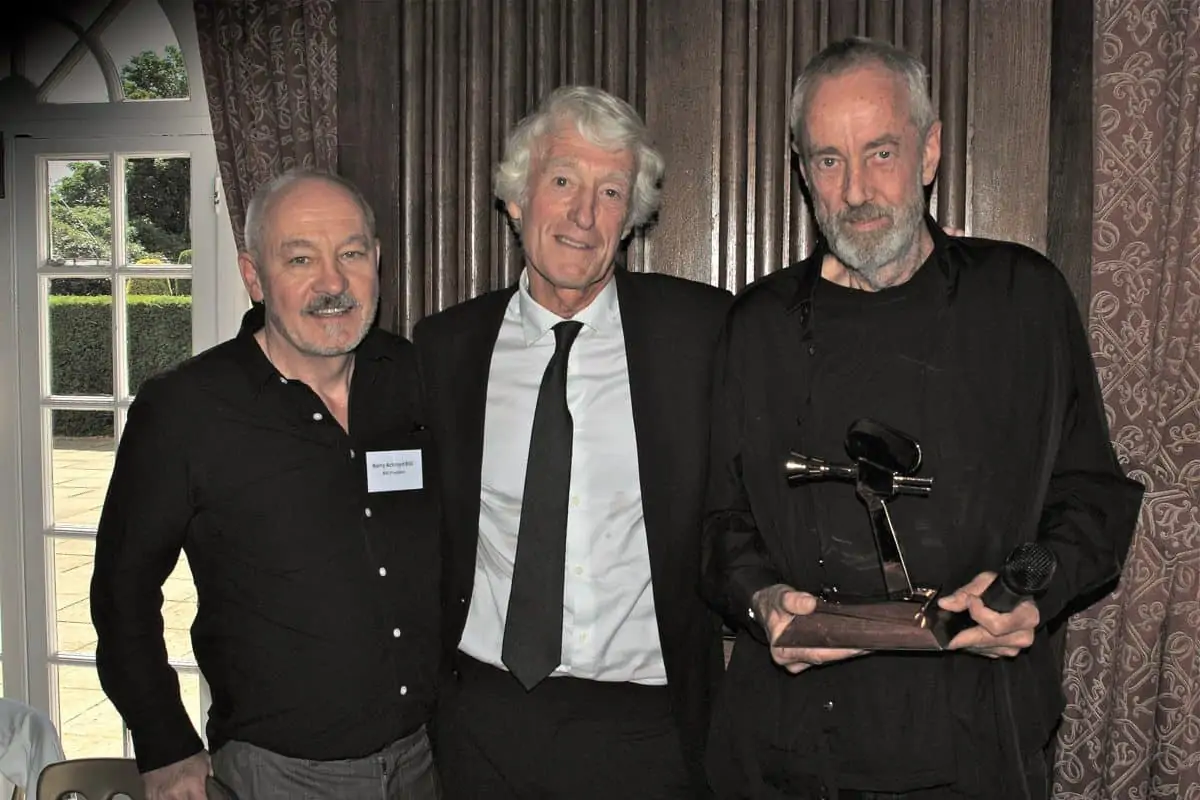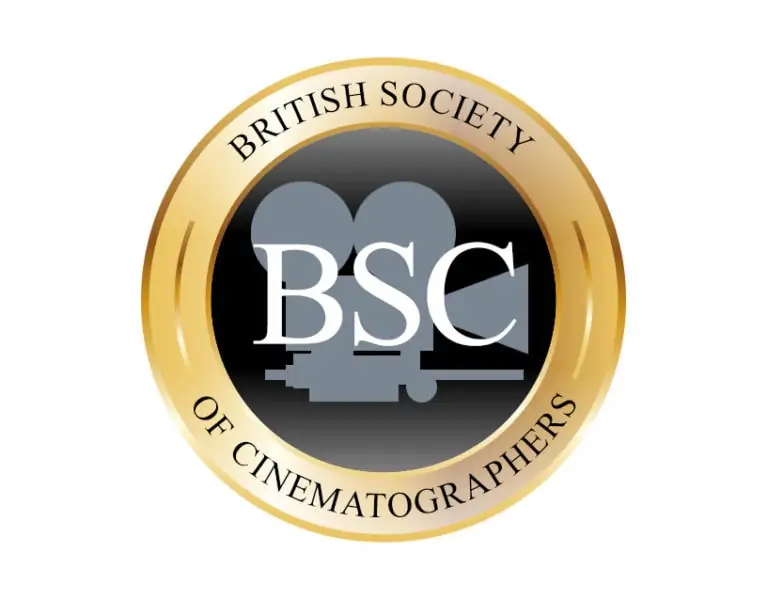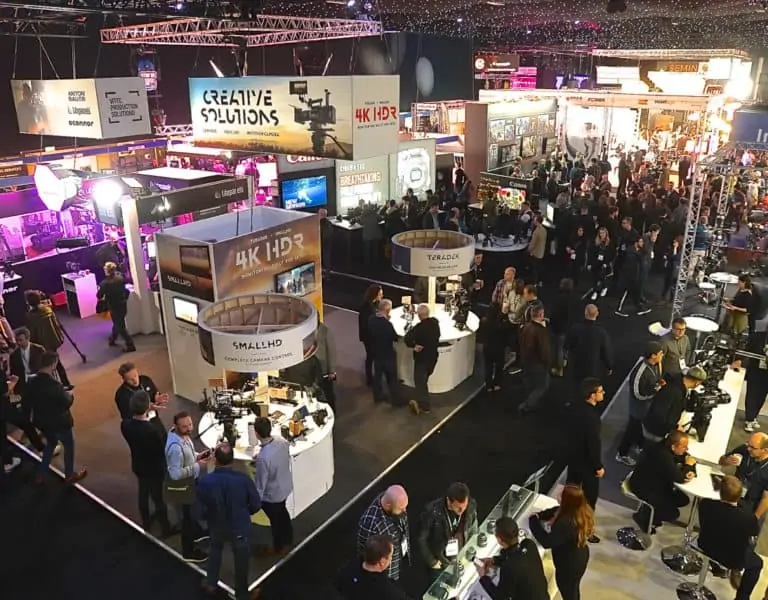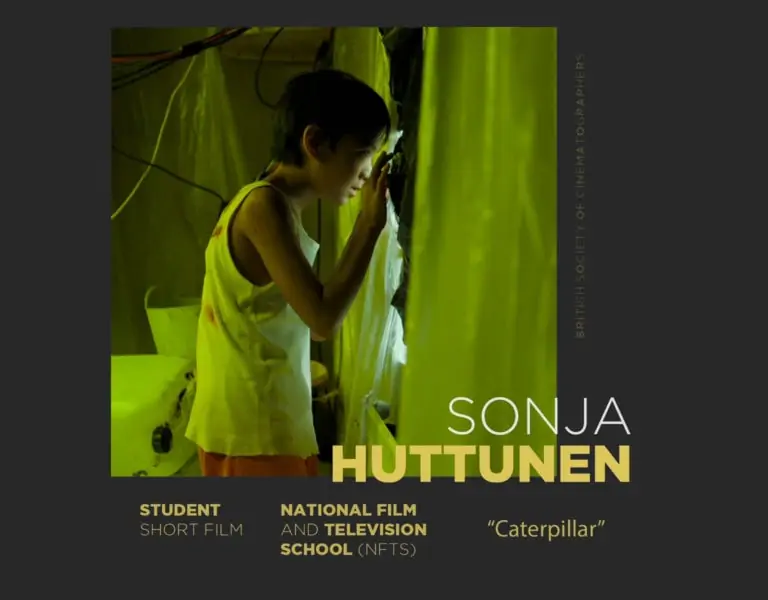Better is Best
Clapperboard / Brian Tufano BSC
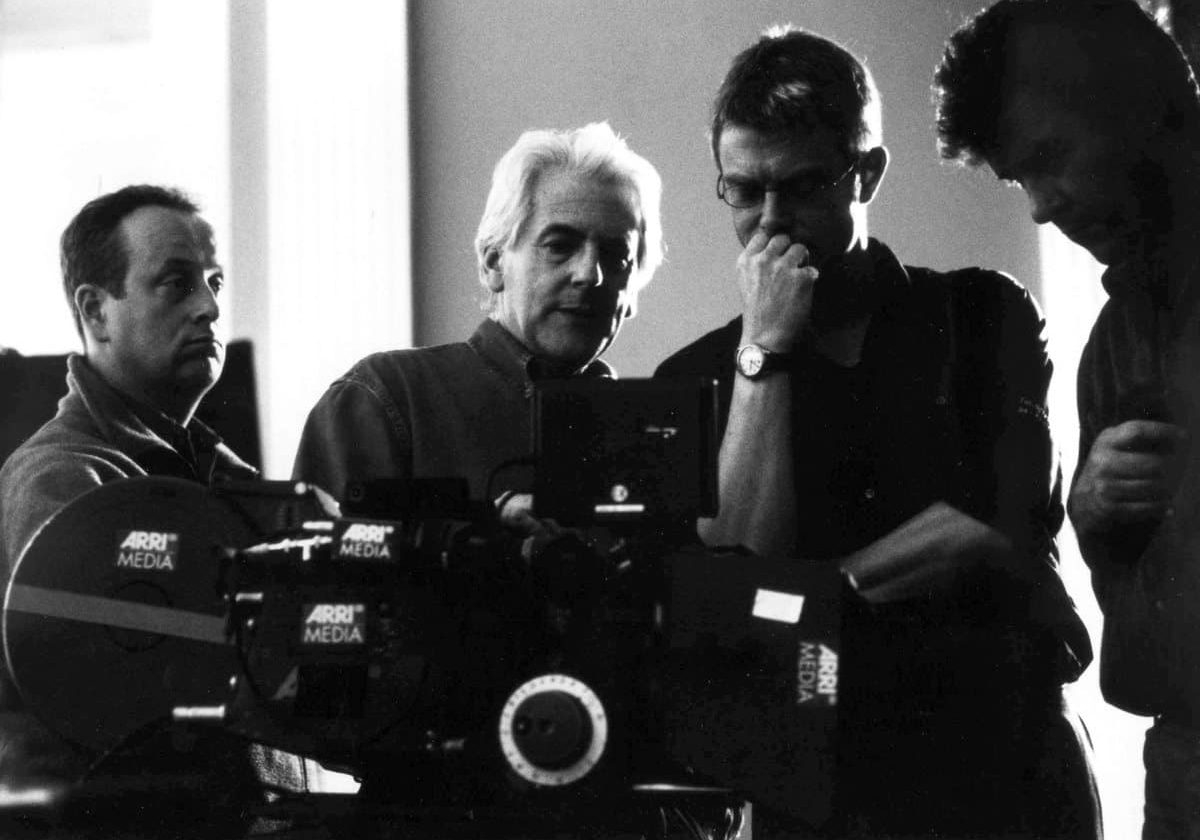
Better is Best
Clapperboard / Brian Tufano BSC
BY: David A. Ellis
Award-winning cinematographer Brian Tufano BSC, now the National Film & Television School’s (NFTS) head of cinematography, was born in Shepherd’s Bush, West London in 1939. As a child during the WWII he was evacuated to a mining village in Wales where he would often go to the cinema with his mother, who was a keen cinemagoer. As he got older he developed an interest in how films were made.
Living in Shepherd’s Bush, he was near Gainsborough Studios a subsidiary of Gaumont British, which was situated in Lime Grove. It was demolished a few years ago. It was famous for many British films including Hitchcock’s The Thirty Nine Steps (1935).
“I used to hang around outside the studio,” said Tufano. “I would watch stuff going in, for example artificial palm trees. When Gainsborough closed, and was taken over by the BBC, I would talk to the security guys. At weekends they would take me into the studios and show me around the set-up. It was fascinating and that fired me up.
“My mother wrote to a man named Ronald Waldman at the BBC telling him of my interest, and I was asked to go for an interview, only to be told they didn’t take people in technical jobs until they had done their national service. I was offered a job as a pageboy at Lime Grove in August 1956. I was lucky because national service was abolished that year and I missed it by three months. This meant I could apply for a technical position and I got a job as a BBC projectionist.”
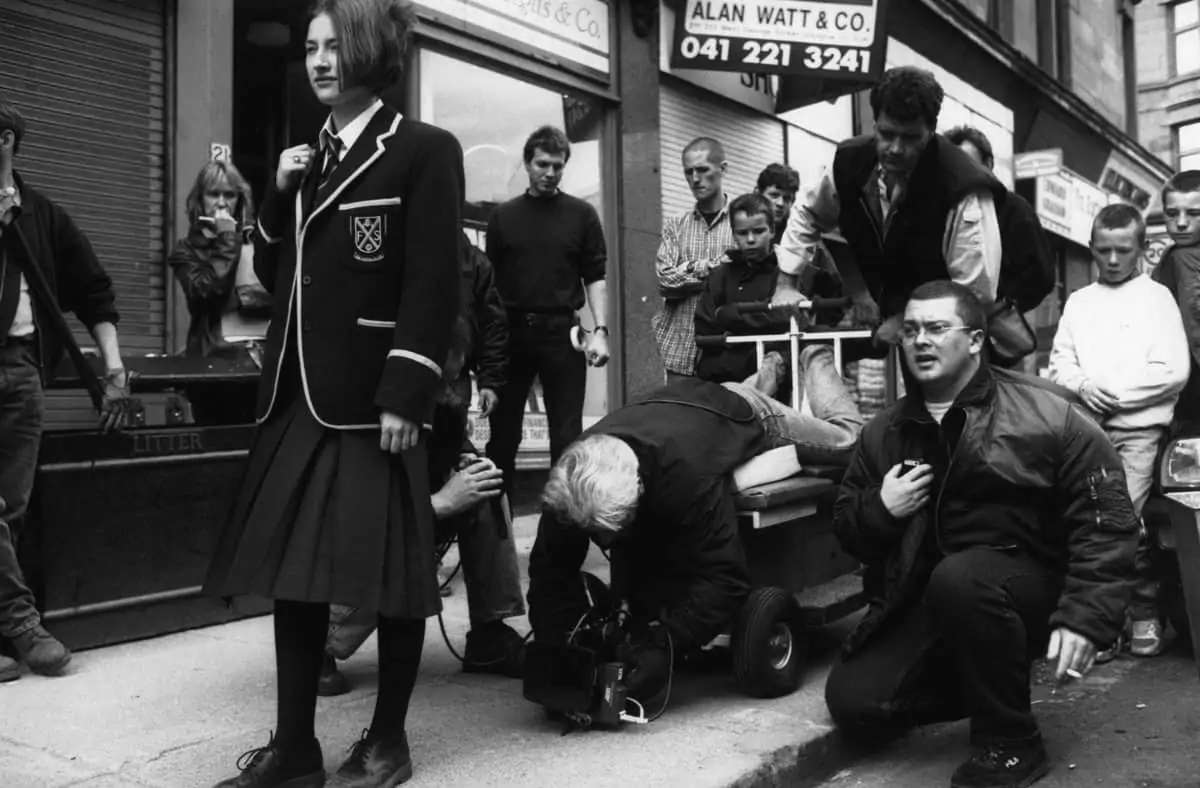
At Ealing Studios, home of the BBC film department, Tufano would chat to film crews showing great interest, because working with cameras was always his goal. In those days a camera crew in the film department consisted of a cameraman and and assistant, so any spare pair of hands was welcome. If they were night shooting they would ask him if he would go with them. Paul Fox was head of a programme called Sportsview, which went on air in 1954. Tufano became a spare pair of hands, going out with the Sportsview crew to football matches on a Saturday afternoon. They shot with Arriflex cameras and the film was shown that night using negative film that was edited and shown on a telecine that converted the negative image to positive. He would go and assist at these matches.
“When I applied for a trainee assistant cameraman’s job I got lucky. I then went from trainee assistant to assistant and then cameraman very quickly, becoming a cameraman in 1963,” he said.
Tufano stayed with the BBC for twenty-one years and then decided to go freelance. Asked why, he said, “It had always been my ambition to get into features. I decided the time had come to try my hand and I had made contact with a number of directors including Jack Gold and Alan Parker, who I’d worked with on the BBC TV movie The Evacuees (1975).”
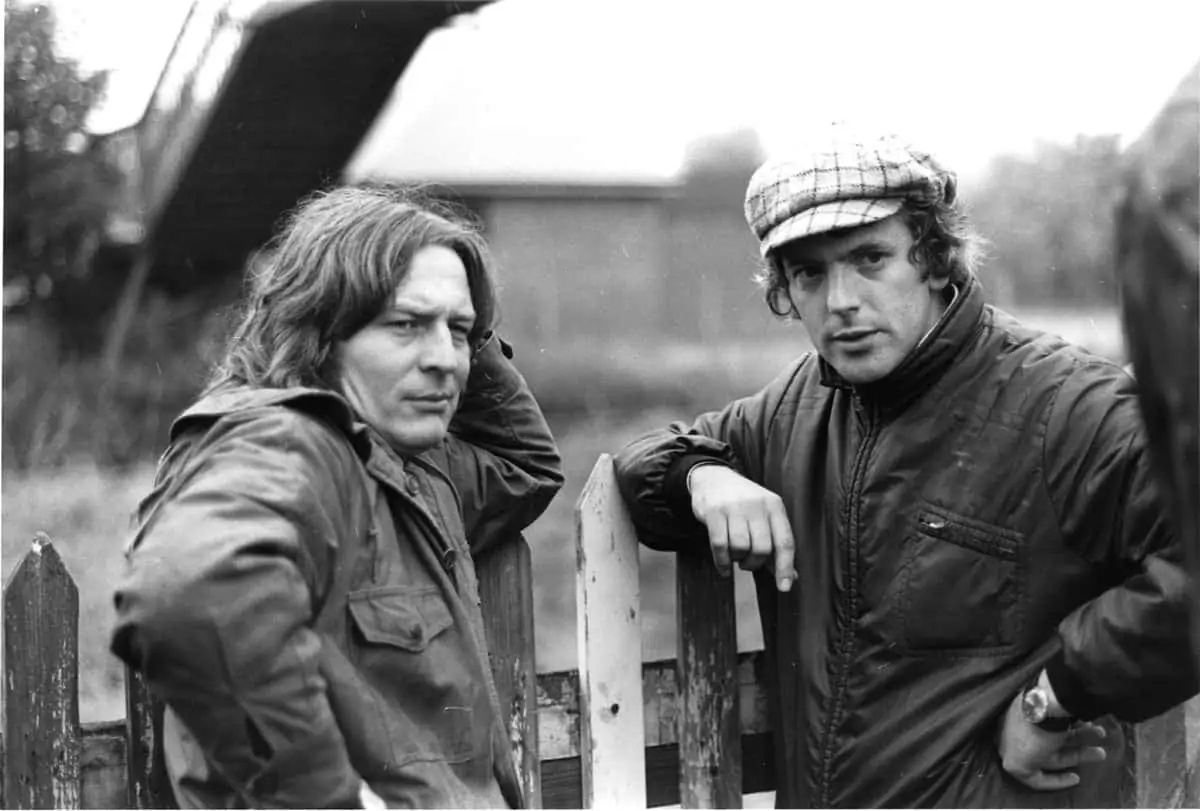
Recalling that time Sir Alan Parker said: “I had only made commercials at the time and so I was a rookie director for anything longer than thirty seconds. I had especially asked for Brian as, even in 1974, he was already the standout cinematographer at the BBC, having worked with Jack Gold, John McKenzie, Ken Russell, Les Blair and many other TV directorial stars of the early seventies. Amazingly, this was even before he worked with Loach, Frears and Mike Leigh. In truth, I can’t say he gave me an easy time on my directorial debut on The Evacuees. He was a hard taskmaster – both tormentor and teacher. What he taught me was that however little time there was (and there’s never enough time) everything – every scene, every performance, every lighting set-up could be a little better if you didn’t settle for what was easy and obvious. As tough as The Evacuees was to make – trying to make a feature film on BBC ‘Play for Today’ budgets and schedules – we still managed to nab the BAFTA and Emmy.
“It occurred to me that it was no coincidence that Brian went on to bring out the best in other rookie directors: Franc Roddam on Quadrophenia (1979), Damien O’Donnell on East Is East (1999), Danny Boyle on Shallow Grave (1994) and Trainspotting (1996) Stephen Daldry on Billy Elliot (2000) and Menhaj Huda on Kidulthood (2006). That’s an extraordinary list of first time directors that any cinematographer could be proud of nurturing. So it’s no surprise that Brian went on to be ‘teacher and tormentor in chief’ at the NFTS. I’ve had first hand experience observing him in that role and all I can say is, that the next generation of filmmakers is benefiting just as much as all of us ‘rookies’ who were lucky enough to work with him before.”
Tufano’s first feature as a freelance was The Sailors Return (1978) with director Jack Gold. He also shot a number of commercials. In 2001 he won the BAFTA for Outstanding Contribution to Film and Television, and in 2002 the Special Jury Award for Outstanding Contribution to Independent Film from the British Independent Film Awards.
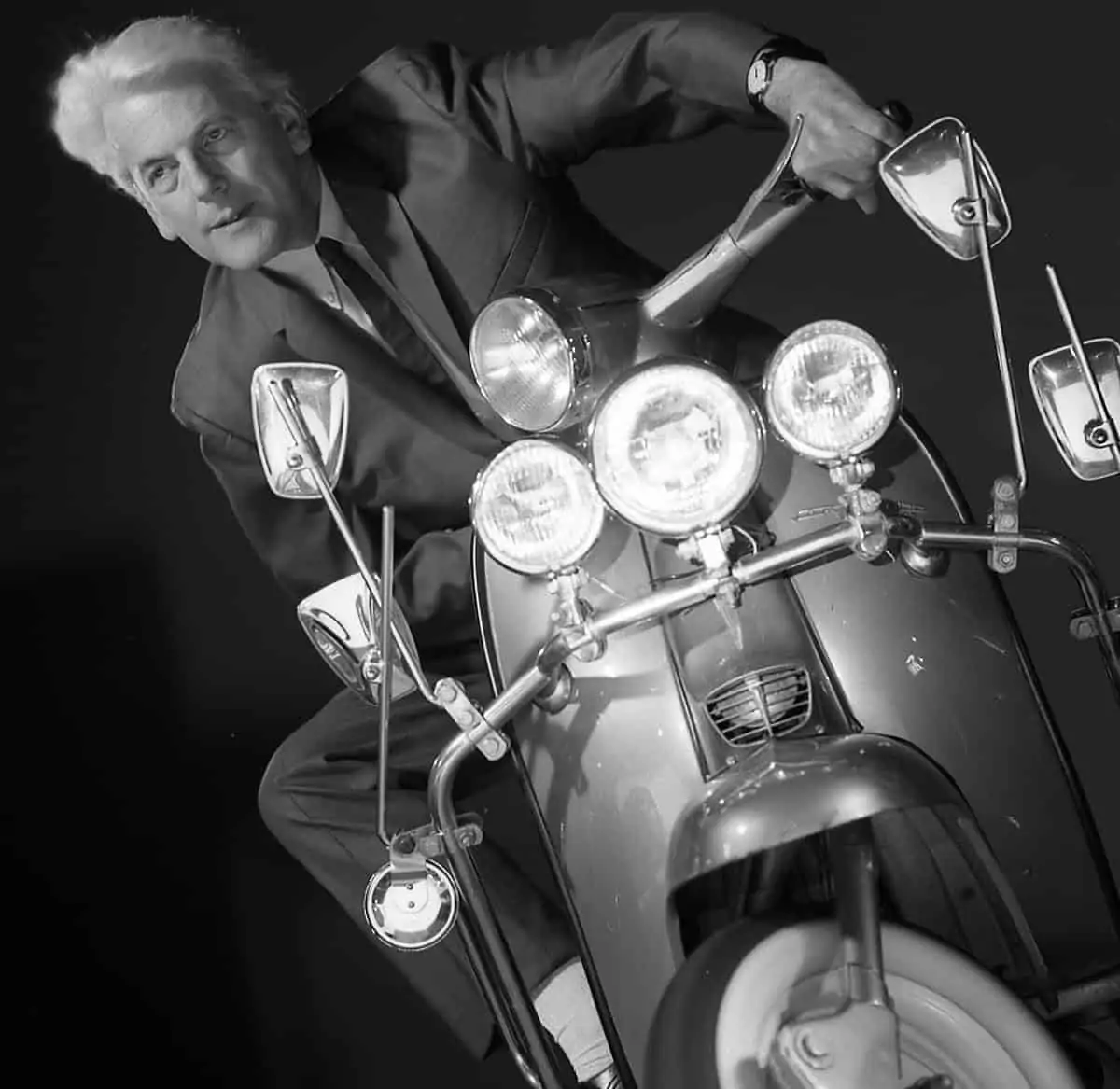
"Every student wants to learn how to shoot film as well as digital. My philosophy is if you learn to shoot film, you can shoot anything."
- Brian Tufano BSC
Today, Tufano doesn’t shoot but teaches at the famous NFTS, where he is head of the cinematography course. Asked if he missed working on features he said, “Absolutely, teaching is completely different from shooting film. We have all the facilities at the school, but you are more or less watching from the sidelines.”
Tufano says he shows the students the way to do things. What they decide to shoot is up to them. “We provide the environment for them to use their imagination and develop their own vision, skills and techniques,” he said.
Asked about the school’s approach to dealing with film as well as digital, he commented, “Every student wants to learn how to shoot film as well as digital. My philosophy is if you learn to shoot film, you can shoot anything. The cinematography course is for two years. The first year is very intense with theory and practice, mostly practice. In the second year they have more time to develop their own vision and personal style.”
Tufano looks for potential talent and a passion. He says studios are quite dangerous places so budding DPs have to be aware how the equipment works and the different environments they will encounter. In January students do the black box test in which they are shown the complete tonal range of film stock and sensors on digital cameras. They will use that knowledge in their lighting design. In the second year a fiction graduation film is made. This can be either film or digital. An animation film must also be presented, which is digital only. Tufano says the standard is very high.
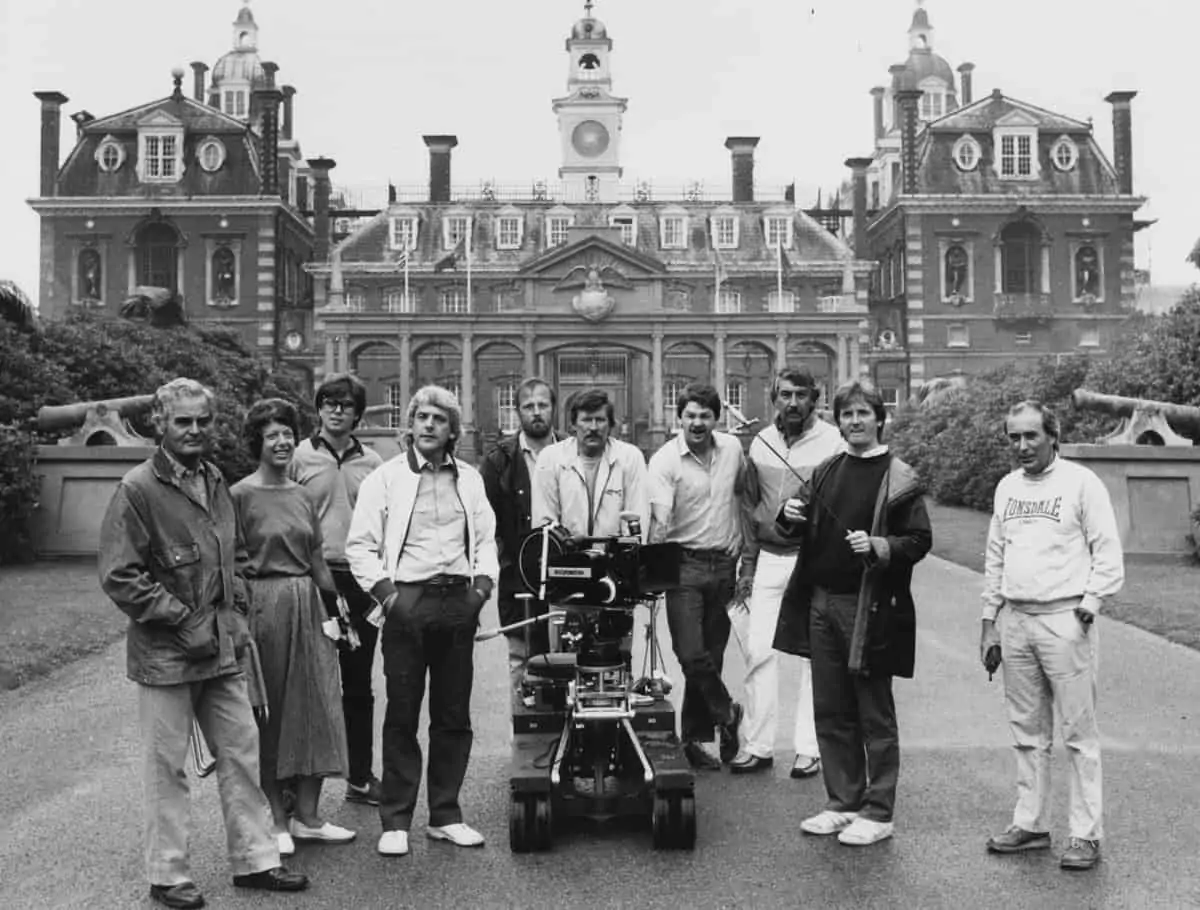
Tufano has been at the NFTS for thirteen years. He didn’t apply for the position – it turned into a full-time post after he was asked to do masterclasses. The NFTS has a cinematographers group, with around twelve members, who are prepared to teach, covering sickness and holidays.
Finally, Tufano was asked what advice he would give to up and coming cinematographers, he said, “Keep it simple, learn your craft. Make sure you are at the top of your game and come up with as many ideas as you can. If the director doesn’t want them, that’s fine. Get used to the idea that not all your ideas are brilliant and they are not all wanted – but keep coming up with them.”
